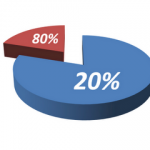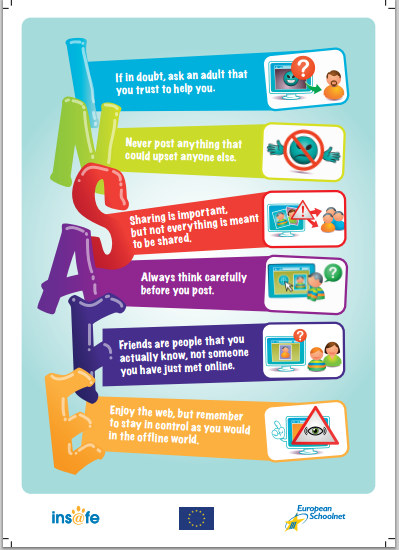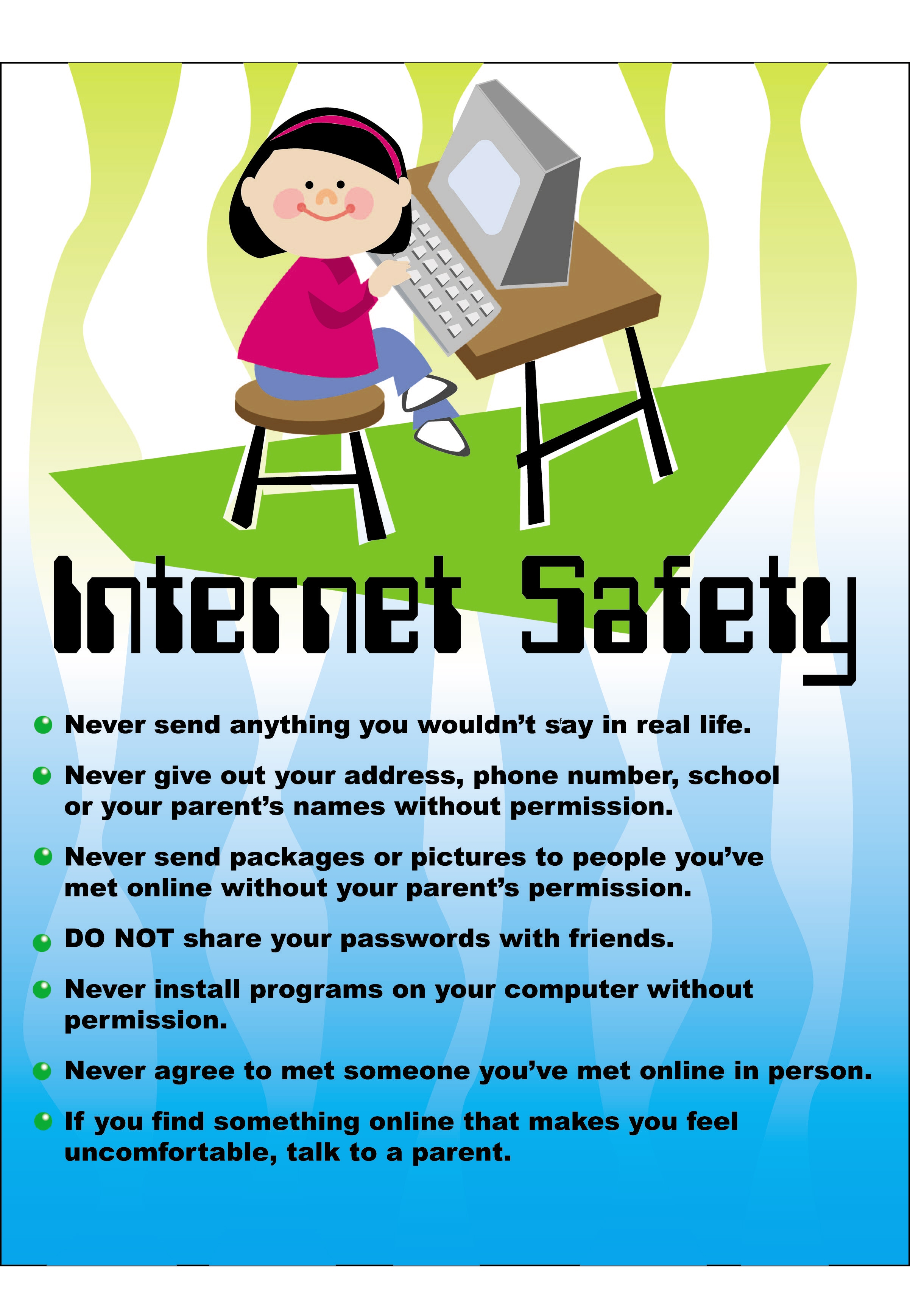 It is not a surprise that some will place their vote on teaching digital citizenry while others will stand up to ‘protect’ children from harm and school districts from law suits. Passing notes in the back of the classroom while the teacher turns his or her back to write on the chalkboard has become far more powerful with the ability to tweet, to text or to vine. Teachers are humanly incapable of supervising all computer and device screens and keystrokes in every corner of the classroom. Educators who might want to be socially liberal on device use may take more conservative roles when they are the final decision maker on open internet access and the freedom for children, tweens and teenagers to hitchhike through cyber space.
It is not a surprise that some will place their vote on teaching digital citizenry while others will stand up to ‘protect’ children from harm and school districts from law suits. Passing notes in the back of the classroom while the teacher turns his or her back to write on the chalkboard has become far more powerful with the ability to tweet, to text or to vine. Teachers are humanly incapable of supervising all computer and device screens and keystrokes in every corner of the classroom. Educators who might want to be socially liberal on device use may take more conservative roles when they are the final decision maker on open internet access and the freedom for children, tweens and teenagers to hitchhike through cyber space.
 A teacher may encourage online social interaction among his or her 30 students but a chief technology officer may be less trusting when making decision about the thousands under his or her supervision. While the teacher knows the students well in his or her classroom, the chief technology officer rarely knows those in his or her charge personally. People tend to trust those they know and be wary of those they don’t know. Students tend to behave for those that have high expectations of them but might behave by different standards when they are less familiar with those in charge.
A teacher may encourage online social interaction among his or her 30 students but a chief technology officer may be less trusting when making decision about the thousands under his or her supervision. While the teacher knows the students well in his or her classroom, the chief technology officer rarely knows those in his or her charge personally. People tend to trust those they know and be wary of those they don’t know. Students tend to behave for those that have high expectations of them but might behave by different standards when they are less familiar with those in charge.
 Some say there is a 80 / 20 rule that proposes that 80 percent will always behave but that we make rules for the 20 percent who might not. Sociologists, behavior psychologists and criminologists certainly know more about social behavior and misbehavior than I do.
Some say there is a 80 / 20 rule that proposes that 80 percent will always behave but that we make rules for the 20 percent who might not. Sociologists, behavior psychologists and criminologists certainly know more about social behavior and misbehavior than I do.
Personally, I would like to think that teachers who keep children engaged online will keep children on task and away from danger. I suppose that follows an old adage about ‘the devil makes work of idle hands’. Likewise, one might hope that with more open access to the potential evil that one could find online that the novelty might wear off and leave people uninterested in exploring the seedy side of life, cyber bullying and malicious online behavior. That could be a bit naive when one remembers that adolescent curiosity, ‘mean girls’ and bullies have always existed. Supervising adolescent behavior seems to have become more complicated than ever for educators and parents alike.
When all we have to fall back on as we enter a new era is our own ‘common sense’ and ‘inclination’, caution is recommendable when beginning this journey. Protected educational environments like a closed Google Environment, a closed Edmodo environment, a closed Home Base environment, or a closed Moodle environment seem like the safest environments for students as we take our classes outside of the brick and mortar homes. Like the person who moves to the big city from the country, it is wise to be cautious when learning the rules of the new environment. At the same time, one needs to be proactive and learn the new rules and recognize, ‘we are not in Kansas anymore’.
Know the Net – Manners Matter Infogram



This was a fascinating read! Great insights and lots of cool graphics and resources.
Do kids really still pass notes in class? That was the only way to communicate when I was in school. I did some of my best writing in letters to friends.